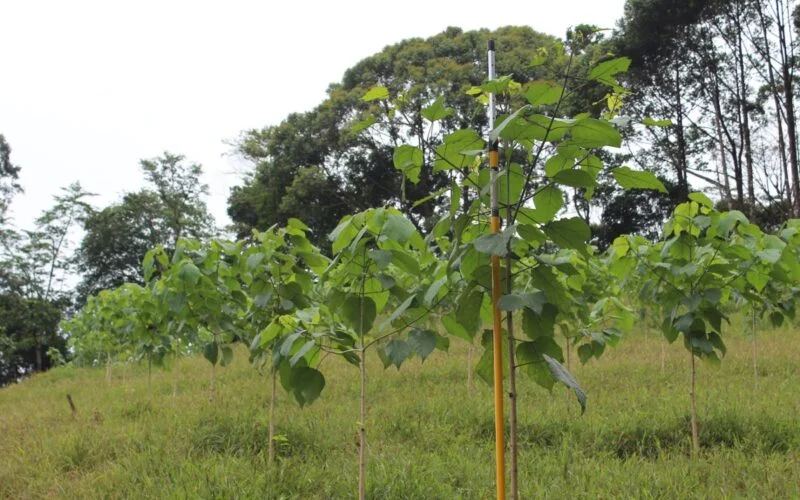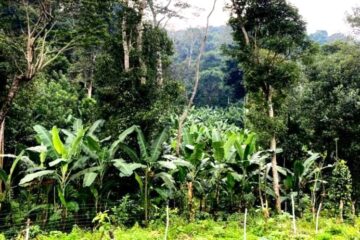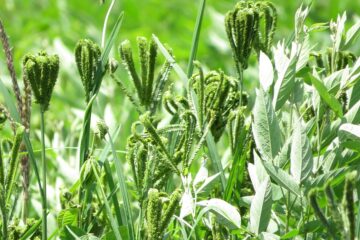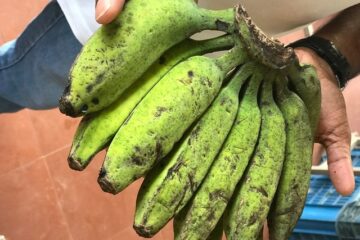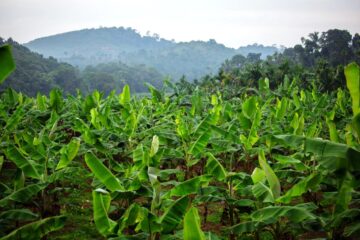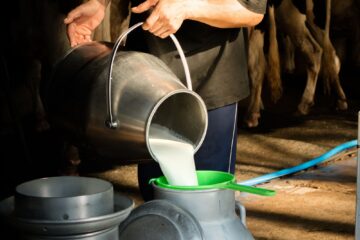Published in the March 2017 issue
The Kumil tree belongs to the Verbenaceae family, and its botanical name is Melina arborea. It is native to India and naturally grows in forests in countries such as Burma, Thailand, Laos, Cambodia, Vietnam, and southern states of China. Additionally, it is widely cultivated in countries like Sierra Leone, Nigeria, and Malaysia.
The Kumil tree is a deciduous tree that can grow up to 30 meters tall and 1.2 to 4 feet in diameter, thriving naturally and quickly at altitudes up to 1,500 meters above sea level. It requires minimal water and grows well in clayey soil but does not thrive in waterlogged areas. It can be planted along embankments and canal sides, where it will thrive beautifully with plenty of leaves that decompose to enrich the soil.
This drought-tolerant tree matures and becomes useful within 7-8 years. Even after being cut down, the stumps can regenerate and produce useful timber again in 5-6 years. The tree can also be used as a windbreak.
Flowering and Honey Production:
The tree begins to flower in three years and reaches full bloom in six years. The flowers are rich in nectar, making Kumil plantations ideal for beekeeping, which can provide additional income.
Cultivation Techniques:
- Irrigation and Coppicing: These are the two crucial techniques in Kumil cultivation. Coppicing should be done up to 20 feet, and proper irrigation is essential.
- Planting Density: With a spacing of 6 feet between trees, about 1,200 saplings can be planted per acre. Half of the trees can be harvested in 3-4 years for immediate income, and the remaining trees can be harvested in 7-8 years.
- Mixed Planting: In dense planting methods, 1,200 Kumil trees, 600 sandalwood trees, and 600 agarwood trees can be grown per acre.
Timber Production:
After 7-8 years of proper cultivation, each Kumil tree can yield 18 cubic feet of planks. These planks can last up to 30 years. The inner wood of the tree is light yellow and has the same durability as well-matured teak wood.
Kumil wood is primarily used in manufacturing wooden products, including handicrafts, furniture, cricket bats, window and door frames, and artificial limbs. The leaves of the Kumil tree are used as food for silkworms and have medicinal uses for both livestock and humans.
Seed Production and Economic Value:
The seeds of the Kumil tree are valuable, with a kilogram costing around 750 rupees. There are about 1,000 seeds in a kilogram. A 15-year-old tree can produce approximately 10 kilograms of seeds, yielding an income of around 7,500 rupees per tree. Cultivating 100 trees for seed production can generate an annual income of 750,000 rupees. The Indian government provides a 50% subsidy for Kumil tree cultivation.
Dr. C. Rajamani, Dr. A. Peula, Dr. V. Swaminathan, Department of Horticulture, Agricultural College, Madurai – 625 104.

